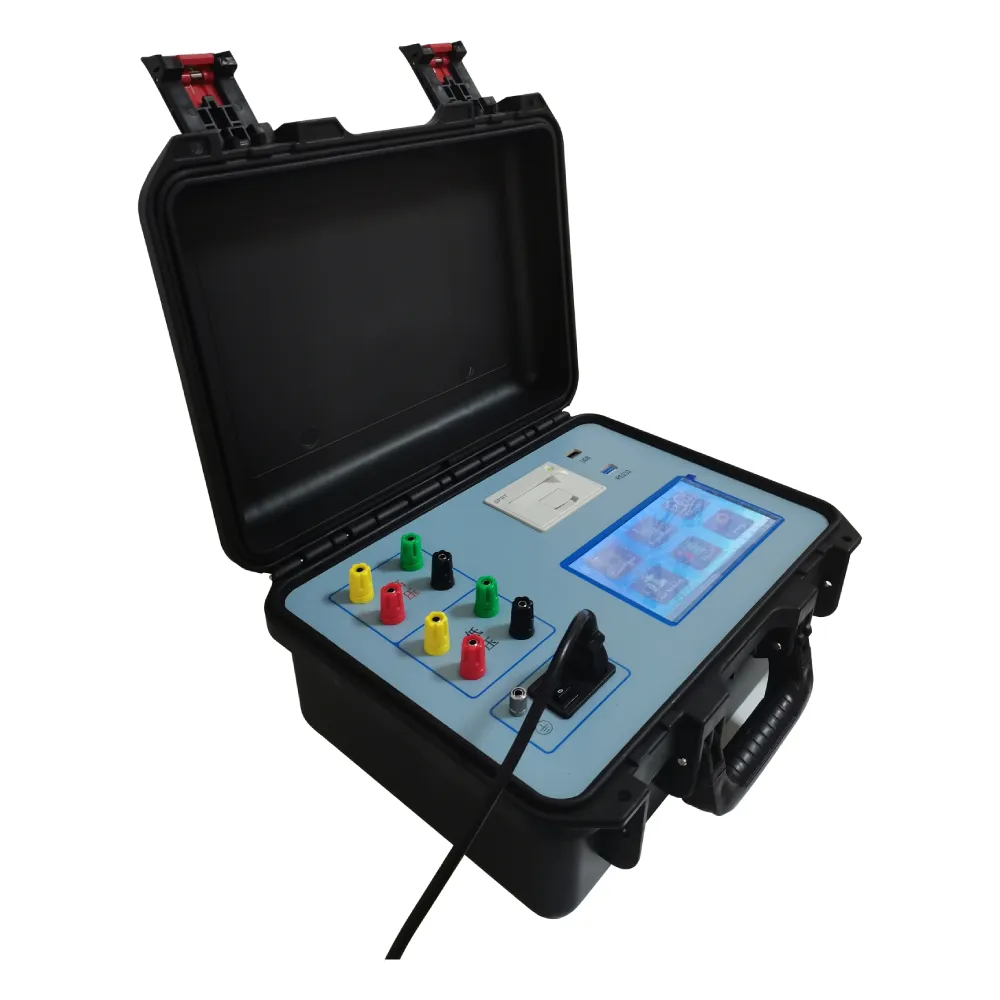 English
English



-
 Afrikaans
Afrikaans -
 Albanian
Albanian -
 Amharic
Amharic -
 Arabic
Arabic -
 Armenian
Armenian -
 Azerbaijani
Azerbaijani -
 Basque
Basque -
 Belarusian
Belarusian -
 Bengali
Bengali -
 Bosnian
Bosnian -
 Bulgarian
Bulgarian -
 Catalan
Catalan -
 Cebuano
Cebuano -
 China
China -
 China (Taiwan)
China (Taiwan) -
 Corsican
Corsican -
 Croatian
Croatian -
 Czech
Czech -
 Danish
Danish -
 Dutch
Dutch -
 English
English -
 Esperanto
Esperanto -
 Estonian
Estonian -
 Finnish
Finnish -
 French
French -
 Frisian
Frisian -
 Galician
Galician -
 Georgian
Georgian -
 German
German -
 Greek
Greek -
 Gujarati
Gujarati -
 Haitian Creole
Haitian Creole -
 hausa
hausa -
 hawaiian
hawaiian -
 Hebrew
Hebrew -
 Hindi
Hindi -
 Miao
Miao -
 Hungarian
Hungarian -
 Icelandic
Icelandic -
 igbo
igbo -
 Indonesian
Indonesian -
 irish
irish -
 Italian
Italian -
 Japanese
Japanese -
 Javanese
Javanese -
 Kannada
Kannada -
 kazakh
kazakh -
 Khmer
Khmer -
 Rwandese
Rwandese -
 Korean
Korean -
 Kurdish
Kurdish -
 Kyrgyz
Kyrgyz -
 Lao
Lao -
 Latin
Latin -
 Latvian
Latvian -
 Lithuanian
Lithuanian -
 Luxembourgish
Luxembourgish -
 Macedonian
Macedonian -
 Malgashi
Malgashi -
 Malay
Malay -
 Malayalam
Malayalam -
 Maltese
Maltese -
 Maori
Maori -
 Marathi
Marathi -
 Mongolian
Mongolian -
 Myanmar
Myanmar -
 Nepali
Nepali -
 Norwegian
Norwegian -
 Norwegian
Norwegian -
 Occitan
Occitan -
 Pashto
Pashto -
 Persian
Persian -
 Polish
Polish -
 Portuguese
Portuguese -
 Punjabi
Punjabi -
 Romanian
Romanian -
 Russian
Russian -
 Samoan
Samoan -
 Scottish Gaelic
Scottish Gaelic -
 Serbian
Serbian -
 Sesotho
Sesotho -
 Shona
Shona -
 Sindhi
Sindhi -
 Sinhala
Sinhala -
 Slovak
Slovak -
 Slovenian
Slovenian -
 Somali
Somali -
 Spanish
Spanish -
 Sundanese
Sundanese -
 Swahili
Swahili -
 Swedish
Swedish -
 Tagalog
Tagalog -
 Tajik
Tajik -
 Tamil
Tamil -
 Tatar
Tatar -
 Telugu
Telugu -
 Thai
Thai -
 Turkish
Turkish -
 Turkmen
Turkmen -
 Ukrainian
Ukrainian -
 Urdu
Urdu -
 Uighur
Uighur -
 Uzbek
Uzbek -
 Vietnamese
Vietnamese -
 Welsh
Welsh -
 Bantu
Bantu -
 Yiddish
Yiddish -
 Yoruba
Yoruba -
 Zulu
Zulu
special test on transformer
Special Test on Transformer Unraveling the Future of AI
The advent of transformers has revolutionized the field of artificial intelligence, particularly in natural language processing (NLP). Originally introduced in the groundbreaking paper Attention is All You Need by Vaswani et al. in 2017, this architecture has since become the backbone of numerous AI applications, including text generation, translation, and sentiment analysis.
Transformers operate on the principle of self-attention, which allows the model to weigh the importance of different words in a sentence regardless of their position. This is a departure from previous recurrent neural networks (RNNs) that processed data sequentially. The parallel processing capability of transformers dramatically enhances their efficiency, enabling them to handle vast amounts of data and learn complex patterns more effectively.
A special test on transformer models aims to evaluate their performance across different tasks and settings. This is crucial as it helps researchers understand their weaknesses and strengths, leading to further improvements. During such tests, several metrics are typically analyzed, including accuracy, loss, and the ability to generalize across various datasets. Additionally, benchmarks like GLUE and SuperGLUE provide standardized tests to measure model effectiveness and facilitate fair comparisons among different architectures.
special test on transformer

One of the key advantages of transformers is their scalability. They can be fine-tuned for specific tasks with relatively few resources, allowing smaller organizations to leverage powerful AI tools without needing extensive computational infrastructure. This democratization of AI technology is pivotal in fostering innovation across industries.
Nevertheless, transformers are not without their challenges. They require considerable amounts of data and computational power for training, which can limit accessibility for those with fewer resources. Furthermore, their complexity raises concerns regarding interpretability, as understanding how and why a model makes certain decisions remains a significant hurdle.
Despite these challenges, ongoing research is addressing these issues. Innovations in model compression, transfer learning, and distillation are paving the way for more efficient transformer models that can operate effectively even in resource-constrained environments.
In conclusion, the special test on transformer models is essential for advancing our understanding of this powerful architecture. As the AI landscape continues to evolve, the insights gained from such evaluations will be vital for refining these models and unlocking their full potential, thereby transforming industries and enhancing our interaction with technology. The future is indeed bright for transformers in AI.
-
Testing Equipment Industry Sees Major Advancements in 2025: Smart & Precision Technologies Lead the WayNewsJun.06,2025
-
Applications of Direct Current Generators in Renewable Energy SystemsNewsJun.05,2025
-
Hipot Tester Calibration and Accuracy GuidelinesNewsJun.05,2025
-
Digital Circuit Breaker Analyzer Features and BenefitsNewsJun.05,2025
-
Benefits of Real-Time Power Quality Monitoring Devices for Industrial EfficiencyNewsJun.05,2025
-
Earth Fault Loop Testing in High-Rise Building Electrical SystemsNewsJun.05,2025



